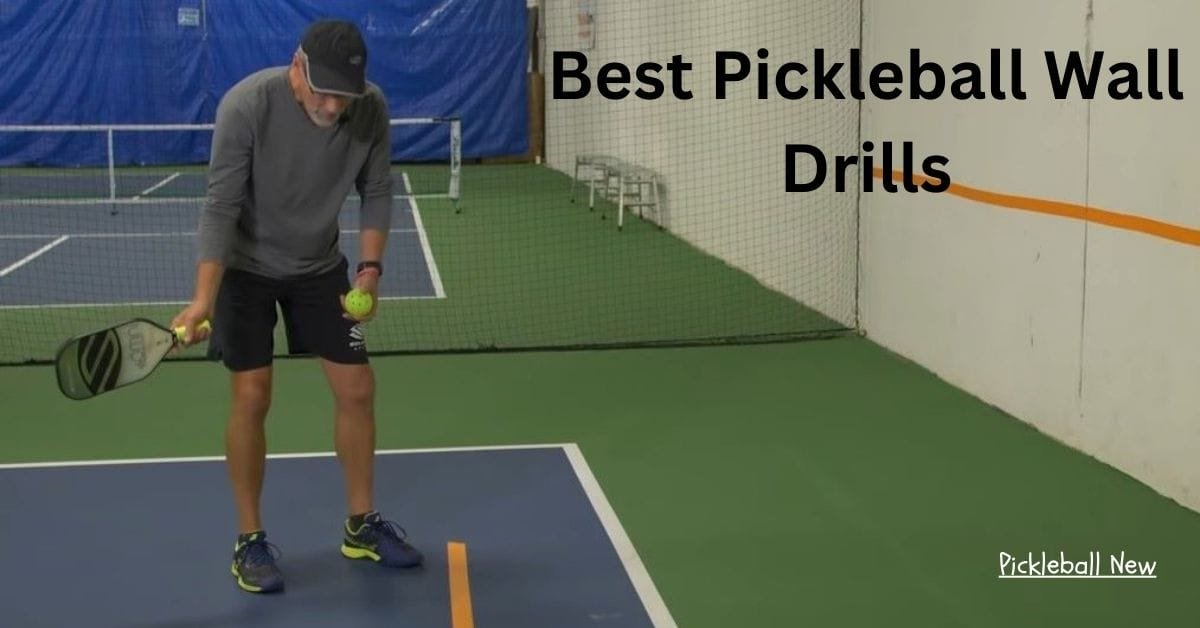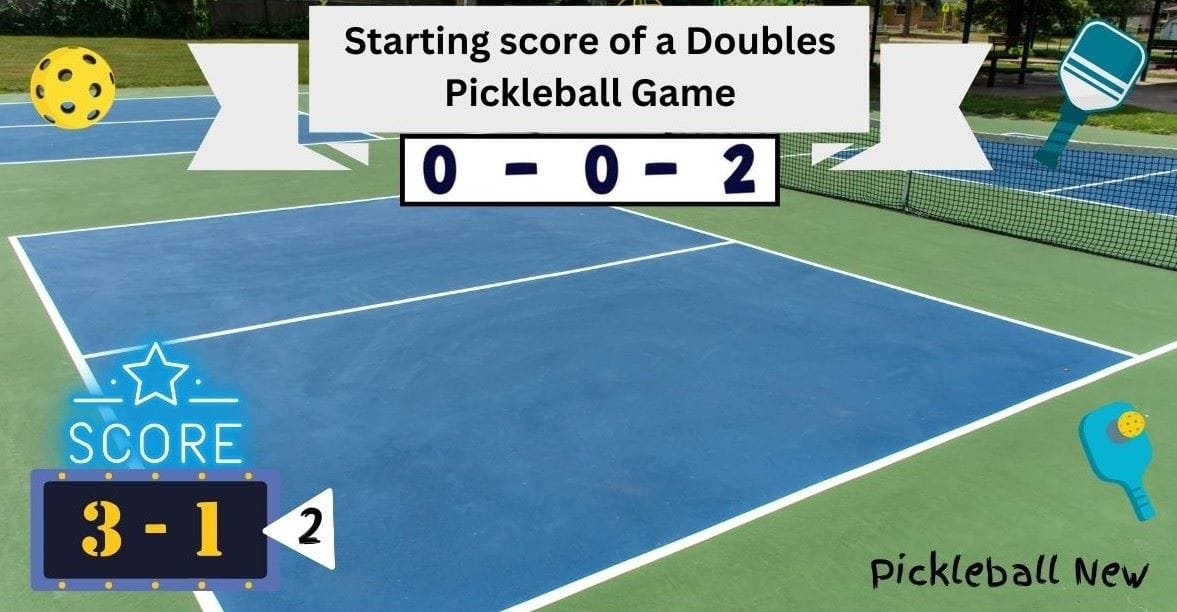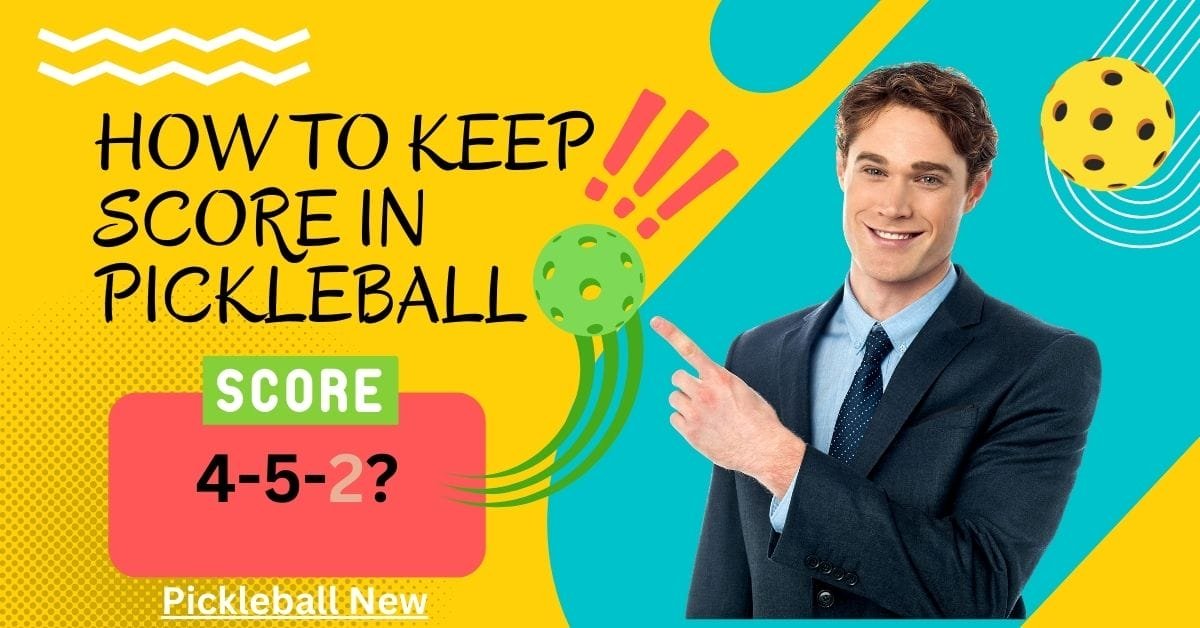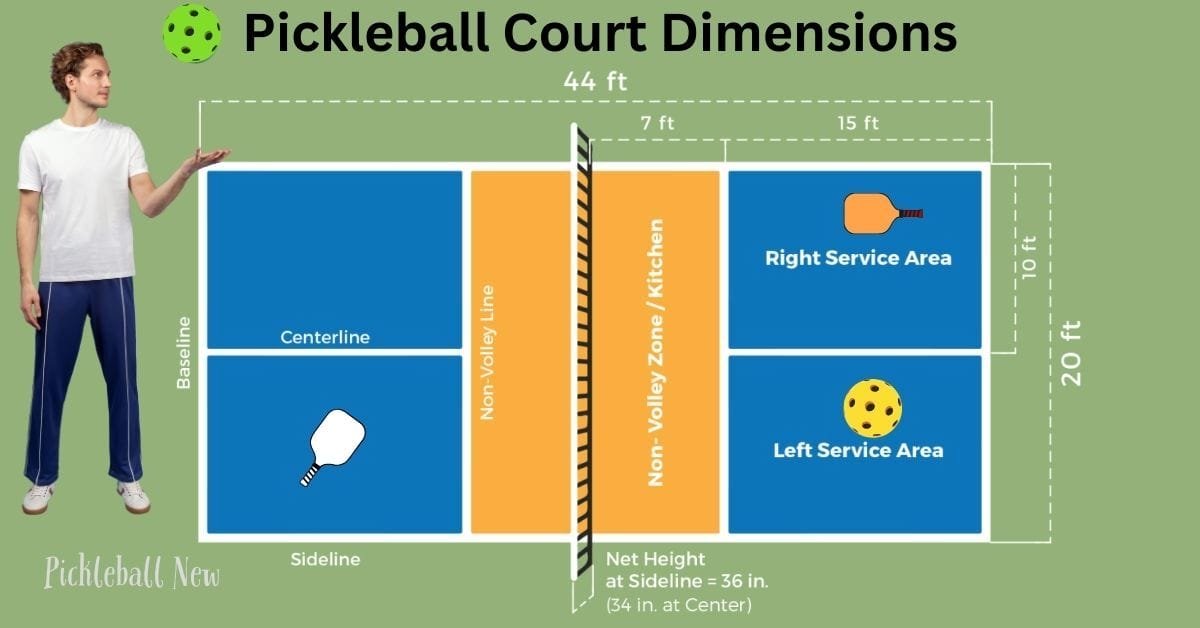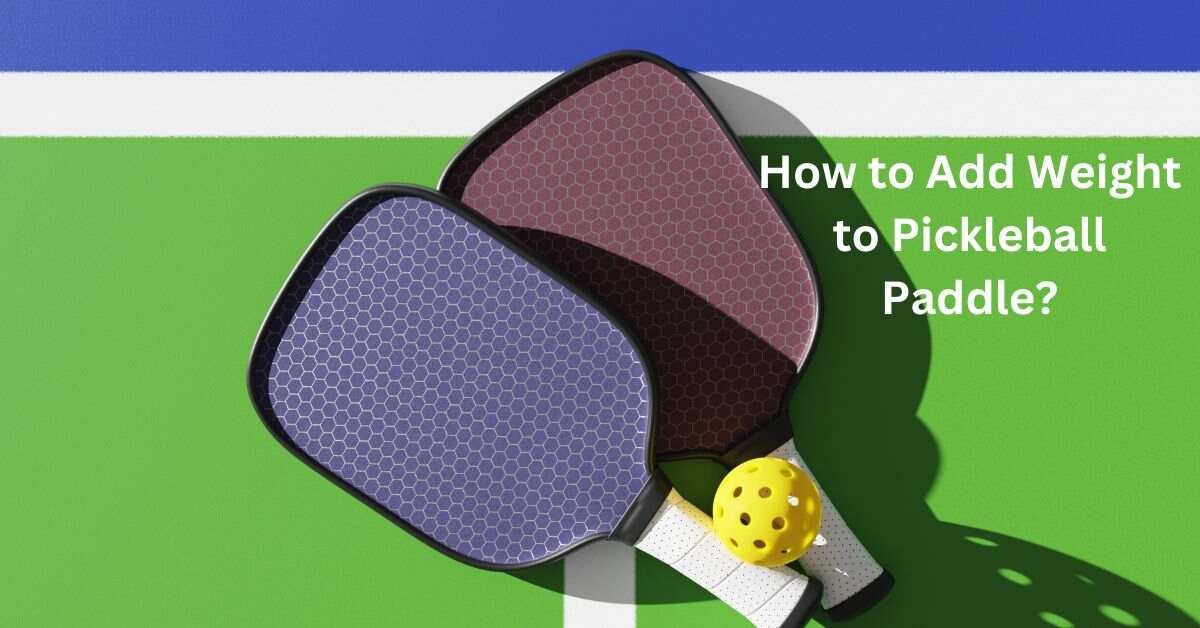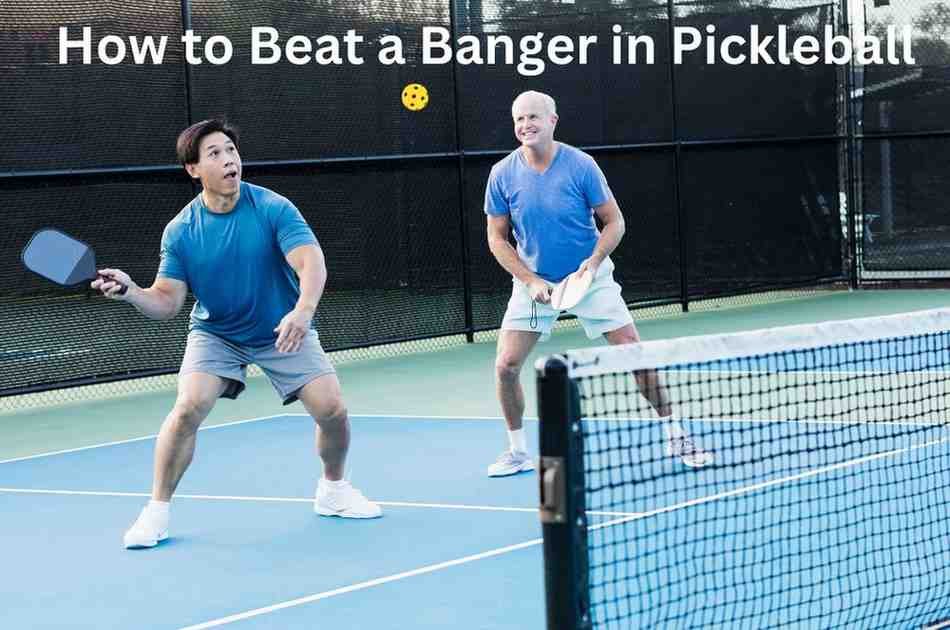How Does Pickleball Different from Tennis
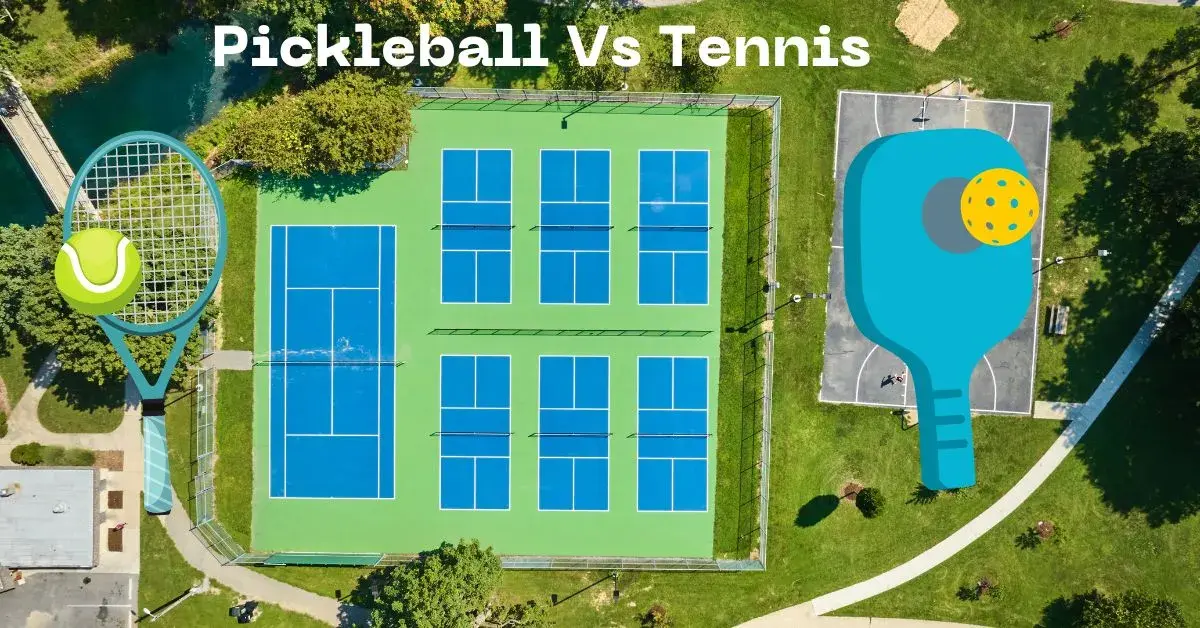
Pickleball and tennis are two popular racket sports that share similarities in their gameplay and court structure. However, they also have distinct differences that set them apart. Whether you’re a tennis player curious about pickleball or a pickleball enthusiast looking to understand the nuances of tennis, this article will guide you through the major contrasts between the two sports. Exploring the histories, courts, equipment, rules, and gameplay of pickleball and tennis, we’ll uncover the factors that make each sport unique. Let’s dive in!
History and Origins
Pickleball and tennis have different backgrounds that influenced how they became popular. Tennis, also called “real tennis,” started in France around 1300. It developed from a game called Jeu de Paume, where people used their hands to hit the ball. As time went on, players started using gloves and rackets with strings, which eventually led to the modern version of tennis we play today. A person named Major Walter Clopton Wingfield played an important part in making tennis popular, and the first Lawn Tennis championship took place at Wimbledon in 1877.
Pickleball is a sport that is not very old and started in the late 1960s in a place near Seattle. Some dads got together and wanted to make a game that their kids would enjoy. They mixed parts of badminton, table tennis, and tennis to make pickleball. People in the area liked it a lot and soon it became popular all over the United States. In fact, by 1990, people were playing pickleball in every state in the country.
Court Dimensions and Layout
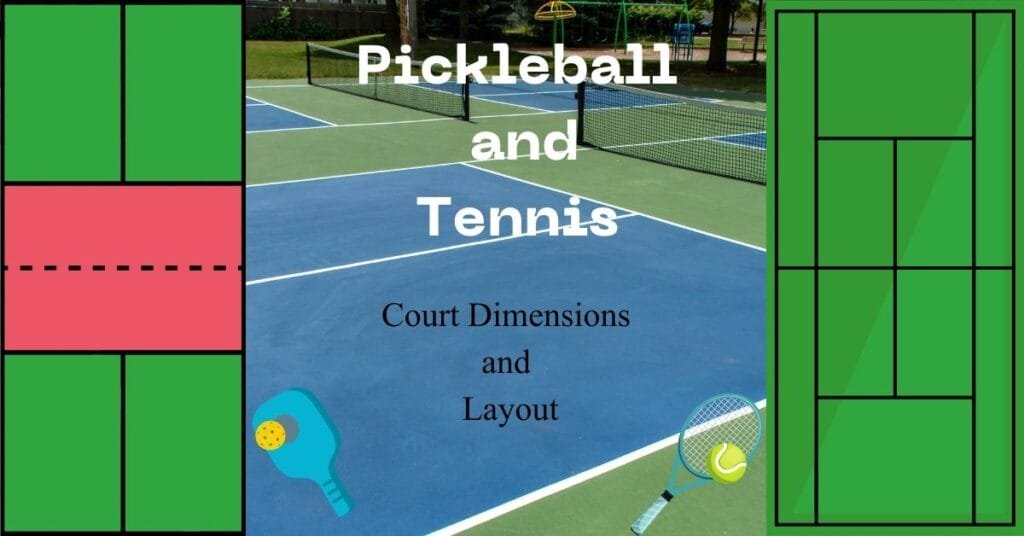
One of the most noticeable differences between pickleball and tennis is the size and layout of their courts. A standard tennis court measures 78 feet in length and 36 feet in width. In contrast, the pickleball court is much smaller, measuring 44 feet in length and 20 feet in width. The reduced size of a pickleball court makes it ideal for smaller spaces and requires less running compared to a tennis court. The net height in pickleball is 6 inches lower than in tennis, adding another differentiating factor.
Additionally, the layout of the court differs between the two sports. In tennis, the court is divided into five sections: two service areas, two doubles alleys, and a central area known as “no-man’s-land.” The court is divided into three sections in pickleball: the “kitchen” or non-volley zone (NVZ) and two service areas. The NVZ is a seven-foot area on both sides of the net where players are not allowed to hit volleys unless the ball has bounced.
Equipment: Paddles vs Racquets
Another significant contrast between pickleball and tennis lies in the equipment used. In tennis, players use strung racquets, typically made of lightweight materials such as graphite or aluminum. The strings on a tennis racquet allow for greater control and spin of the ball. Tennis balls are fuzzy and pressurized, designed to bounce higher and faster.
In pickleball, players use solid paddles made of materials like wood, composite, or graphite. Unlike tennis racquets, pickleball paddles are typically smaller in size and have a solid surface without strings. The lack of strings on pickleball paddles means players have less control over spin, but it allows for a unique style of play. Pickleballs are lightweight plastic balls with small holes, similar in appearance to whiffle balls. They have a lower bounce compared to tennis balls, requiring players to adjust their timing and technique.
Pickleball and Tennis Rules and Gameplay
In terms of gameplay, both sports involve hitting a ball over a net and into the opponent’s court, but the rules and scoring systems differ. In tennis, players can hit the ball anywhere within the boundaries of the court, aiming to make their opponent miss or hit the ball out of bounds. The scoring system in tennis is more complex, with sets, games, and points determining the winner of a match.
On the other hand, pickleball has a simpler scoring system. The game is played to 11 points, and players can only score when serving. The serve must be underhanded and made diagonally across the net. Once the ball is in play, players must let it bounce once on each side before they can volley it. The rule, known as the “two-bounce rule,” adds a strategic element to the game, as players must position themselves to hit the ball after the second bounce.
- Pickleball and tennis have distinct differences in their rules and gameplay.
- Underhand serves are mandatory in pickleball, whereas tennis allows for powerful overhand serves.
- The scoring system in tennis follows a 15, 30, and 40 system, while pickleball games score up to 11 points.
- In pickleball, only the serving team can score points until it’s the opponent’s turn to serve.
- A notable rule in pickleball is the non-volley zone, also known as the kitchen, which restricts players from hitting volleys while any part of their body is in the kitchen. This rule adds a strategic element to the game and sets pickleball apart from other racquet sports.
Serving Techniques
Serving is an important aspect of both pickleball and tennis. Serving techniques differ significantly between the two sports. In tennis, players use an overhand serve, striking the ball with force after tossing it into the air. The tennis serve is a crucial opportunity to gain an advantage, aiming for a well-placed and powerful shot.
In pickleball, the serve must be executed underhand, making it less physically demanding and easier for beginners to learn. Pickleball players serve diagonally on the opposite side of the court, strategically positioning themselves for the rally. The pickleball serve is typically more controlled and focused on placement, rather than power.
- Pickleball and tennis are both popular racquet sports with different serving techniques.
- In pickleball, the serve is an underhand shot where the player keeps one foot behind the baseline and hits the ball below the waist.
- The server in pickleball must ensure that the ball clears the non-volley zone, a seven-foot area near the net where hitting the ball in the air is not allowed.
- In tennis, the serve is typically an overhand shot where the player tosses the ball into the air and strikes it with a full swing.
- The server in tennis must hit the ball above the waist and ensure it lands within the service box on the opposite side of the net.
- Unlike pickleball, there are no restrictions on where the ball should land in the opponent’s court in tennis, allowing for different serving strategies.
- Tennis players can use power, spin, or placement to gain an advantage with their serves.
- The overhand serve in tennis requires more strength and technique to generate power and accuracy, making it challenging for opponents to return.
Scoring System of Pickleball and Tennis
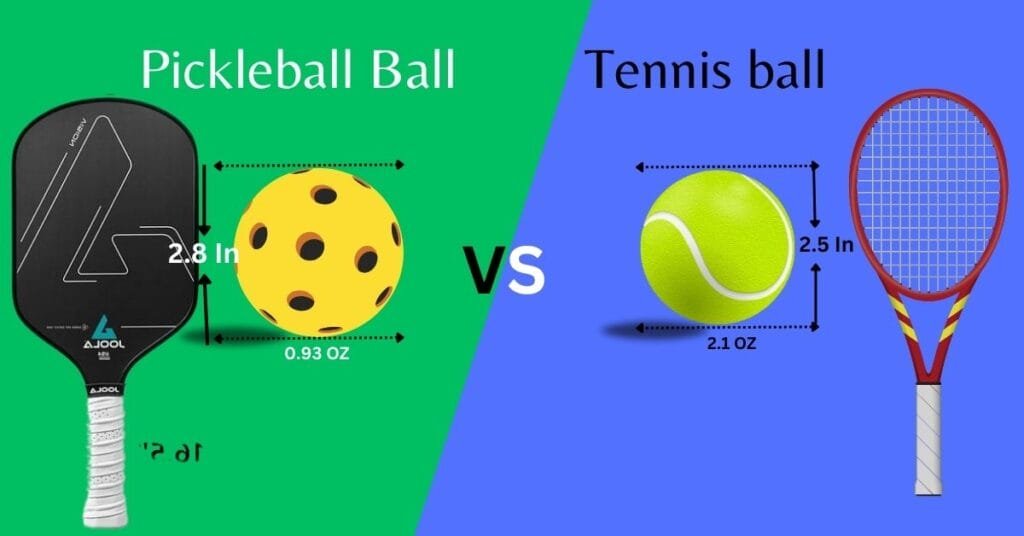
The scoring systems in pickleball and tennis also differ. Tennis uses a complex scoring system with points ranging from 0 to 40. Players must win four points to win a game, with additional rules like deuce and advantage scoring in case of a tie. Matches are typically the best of three or the best of five sets, depending on the level of play.
In pickleball, the scoring is simpler. Games are played to 11 points, and the first side to reach 11 points, with a margin of two, wins the game. Points can only be scored by the serving team, and the opponents cannot score points until it is their turn to serve. Pickleball also has a unique two-bounce rule. After the serve, the returning team must let the ball bounce once before hitting it, and the serving team must let it bounce once as well. This rule ensures longer rallies and strategic play.
Play Style and Movement
The playing styles and movements in pickleball and tennis exhibit notable differences due to variations in court size and equipment. Tennis is renowned for its powerful shots, extended exchanges, and the ability to cover a vast court. Tennis players employ a diverse array of strokes, including forehands, backhands, volleys, and overhead smashes. The larger dimensions of a tennis court necessitate greater mobility and agility, as players must cover more ground and react swiftly to their opponent’s shots.
In contrast, pickleball’s smaller court dimensions foster a distinct style of play. The focus on pickleball lies more on precision, finesse, and control. Players often execute shots in front of their bodies, and the game generally features shorter rallies compared to tennis. The slower pace of pickleball grants players the opportunity to strategize and carefully place their shots, utilizing the Non-Volley Zone (NVZ) and aiming for well-placed dinks and drops.
Consequently, the contrasting court sizes and equipment in pickleball and tennis contribute to the development of unique playing styles. Tennis emphasizes power, endurance, and the ability to cover a larger court, while pickleball prioritizes accuracy, finesse, and the utilization of a smaller court. Understanding these distinctions allows players to adapt their skills and strategies accordingly, maximizing their performance in each respective sport.
Impact on Fitness and Injuries
Both pickleball and tennis have various health and fitness benefits, but they affect the body differently. Tennis, with its larger courts and more intense gameplay, offers a higher-intensity cardiovascular workout. The constant running, explosive movements, and dynamic strokes in tennis contribute to improved endurance, speed, and agility. However, the high-impact nature of tennis can also increase the risk of injuries, particularly to the knees, ankles, and shoulders.
Pickleball is a low-impact sport that is easier on the joints, making it accessible for people of all ages and fitness levels. The court size is smaller, and the pace is slower, which means it puts less strain on your body. This makes it an excellent choice for those who want a less intense workout or are recovering from injuries. Although it is still a good way to get cardiovascular exercise, pickleball may not be as intense as tennis.
Popularity and Community
Tennis and pickleball are both popular sports played around the world, but tennis has been around for a longer time and is more well-known. Tennis tournaments like the Grand Slam events are super famous and have fans from all over the globe. People who play tennis professionally are highly respected and get a lot of attention from the media.
On the other hand, pickleball is a newer sport that has become popular in recent years. It’s even considered one of the fastest-growing sports in the United States! Pickleball tournaments and leagues are becoming more popular, and even people who used to play tennis are getting into pickleball. It’s a sport that brings people together, no matter their age or skill level.
Pickleball is a great sport because it’s inclusive and social, allowing people of all ages and skill levels to play together and have fun. That’s why the pickleball community is growing so fast. It brings people from different backgrounds together, creating a dedicated community. Even though tennis has a longer history and is more famous, pickleball is gaining popularity because it’s an enjoyable sport for everyone.
Why Choose Pickleball or Tennis?
The decision to choose between pickleball and tennis ultimately depends on personal preferences, fitness goals, and accessibility. Tennis offers a more dynamic and fast-paced game, suitable for those seeking a high-intensity workout and competitive play. It requires a larger court and more physical endurance.
On the other hand, pickleball provides a more accessible and social experience. Its smaller court size, slower pace, and emphasis on finesse make it an excellent choice for individuals looking for a low-impact workout, casual play, or opportunities for social interaction. Pickleball is enjoyed by people of all ages and skill levels and offers a unique blend of strategy and skill.
Conclusion
Pickleball and tennis share similarities with racket sports, but they also have distinct differences in terms of court size, equipment, serving techniques, scoring systems, and gameplay. Understanding these differences can help players appreciate the unique aspects of each sport and make an informed decision about which one suits their preferences and goals. Whether you choose the power and intensity of tennis or the finesse and social nature of pickleball, both sports offer enjoyable and rewarding experiences on the court. So, grab a racquet or paddle and get ready to have fun!
Frequently Asked Questions
Can tennis skills be transferred to pickleball?
Yes, many tennis skills can be transferred to pickleball. Hand-eye coordination, footwork, and an understanding of racquet sports dynamics developed in tennis can be beneficial in pickleball. However, players need to adjust to the differences in pace, strategy, and court size when transitioning to pickleball.
Can pickleball be played on the tennis courts?
Yes, pickleball can be played on tennis courts. However, pickleball-specific court markings and nets are required to accommodate the smaller pickleball court dimensions properly. Many tennis facilities have adapted their courts to accommodate both sports, allowing players to enjoy both tennis and pickleball.
Which sport is better for beginners, pickleball, or tennis?
Both pickleball and tennis can be suitable for beginners, depending on personal preferences. Pickleball’s smaller court and slower ball speed make it easier for beginners to rally and learn the basics. Tennis, while more physically demanding, offers a wider range of shot variety and challenges that can appeal to some beginners.
Is pickleball a good workout?
While pickleball may not be as physically demanding as tennis, it still provides a good workout. The combination of aerobic exercise, quick movements, and strategic gameplay in pickleball can help improve cardiovascular fitness, agility, and coordination.

